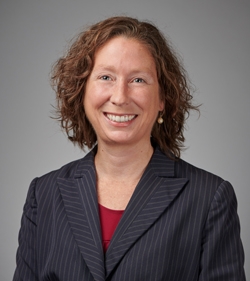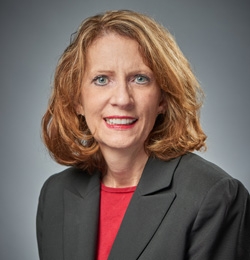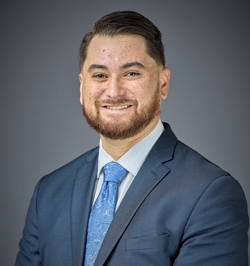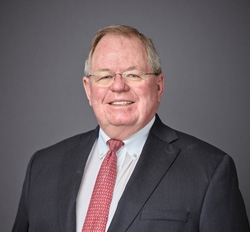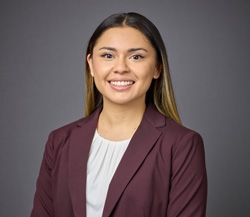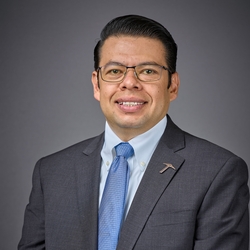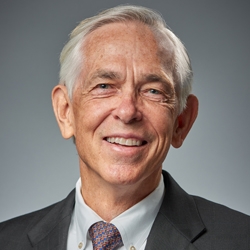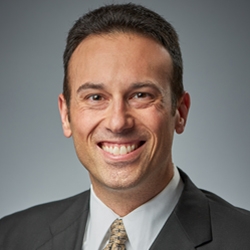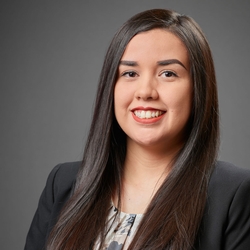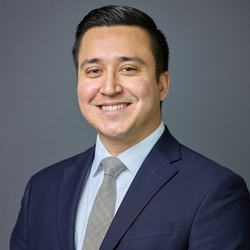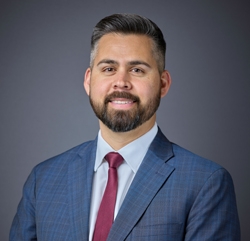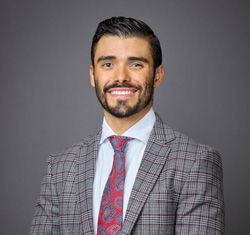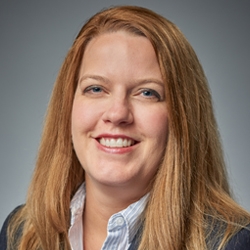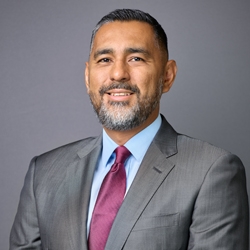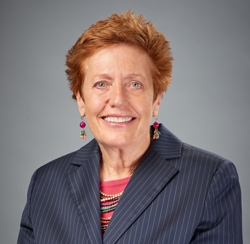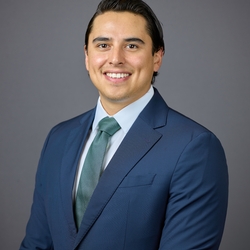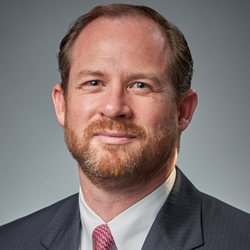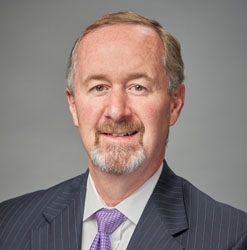DOL Issues Revised Regulations Expanding Coverage for Healthcare Workers and Providing Clarity to Other Employer Obligations
Contact Clara (C.B.) Burns, Charles C. High, Jr., Michael D. McQueen and Gilbert L. Sanchez -
September 14, 2020
Last week, the Department of Labor (“DOL”) issued revised regulations governing paid leave under the Families First Coronavirus Response Act (“FFCRA”). The FFCRA provides certain employees with paid sick leave under the Emergency Paid Sick Leave Act (“EPSLA”) and the Emergency Family and Medical Leave Expansion Act (“EFMLEA”). On August 3rd in State of New York v. U.S. Dept. of Labor, a New York federal district court invalidated four parts of the FFCRA’s regulations. In response to the New York court’s order, the DOL issued the following revised regulations:
1. Amends the definition of “health care provider” to include health care providers under the classic Family and Medical Leave Act definition, as well as other employees who are employed to provide diagnostic, preventive, treatment services, or other services that are integrated with and necessary to the provision of patient care;
2. Paid leave under the FFCRA may only be taken if an employer has work available from which an employee can take leave;
3. Intermittent leave under the FFCRA can only be taken with an employer’s approval; and
4. Clarified the timeline for when an employee must provide notice of the need for leave and supporting documentation.
The biggest change to the regulations is the revision to the definition of “health care provider.” The FFCRA permits employers to exclude “health care providers” from coverage. The revised definition focuses on employees whose duties or capabilities are directly related to the provision of health care services or are so integrated to provision of such services that patient care will be adversely impacted if not provided. The DOL specifically identified nurses, nurse assistants, medical technicians, employees providing diagnostic, prevent or other integrated services, employees working under the supervision, order, or direction of a health care provider, and employees who are otherwise integrated into and necessary to the provision of health care services such as laboratory technicians as excluded from taking FFCRA leave.
Next, the DOL remained firm that an employer must have work available for an employee in order for the employee to be eligible for FFCRA leave. Because leave is an authorized absence from work, the DOL reasoned if an employee is not expected or required to work, he or she is not taking leave. FFCRA leave thus is only available to employees of employers with available work. Employers may not, however, arbitrarily withhold work in order to thwart an employee’s ability to take leave under the FFCRA.
Moreover, FFCRA intermittent leave based on school or childcare closure, in the DOL’s view, is similar to an employee taking intermittent leave to bond with a child after childbirth or placement into adoption or foster care because there is no medical necessity for such leave. As such, the DOL’s revised regulations confirmed that intermittent FFCRA leave can only be taken with the consent of the employer. As students return to school, intermittent leave raises various questions. The DOL clarified that a full single day of leave is not considered intermittent and an employee does not need employer consent to take full days off work. However, if an employee’s child returns to school under a hybrid schedule in which the school operates only in the morning or afternoon, the employee must either take continuous leave under the FFCRA or obtain employer consent to use leave intermittently in partial-day increments.
Finally, the DOL confirmed that an employee must provide the employer notice of leave as soon as practicable under the circumstances. Employees do not need to provide notice prior to taking leave, but should do so “as soon as practicable, which in most cases will be when the employee provides notice” of the need for FFCRA leave. If EFMLEA leave is foreseeable, for example where the employee learns in advance that school will be closed, an employee should provide notice and documentation before taking leave.
The revised regulations take effect September 16, 2020. Employers, especially those in the healthcare industry, should evaluate the impact of the DOL’s revised regulations. If you need any guidance on the FFCRA or its regulations, please contact Kemp Smith’s Labor and Employment Department.
1. Amends the definition of “health care provider” to include health care providers under the classic Family and Medical Leave Act definition, as well as other employees who are employed to provide diagnostic, preventive, treatment services, or other services that are integrated with and necessary to the provision of patient care;
2. Paid leave under the FFCRA may only be taken if an employer has work available from which an employee can take leave;
3. Intermittent leave under the FFCRA can only be taken with an employer’s approval; and
4. Clarified the timeline for when an employee must provide notice of the need for leave and supporting documentation.
The biggest change to the regulations is the revision to the definition of “health care provider.” The FFCRA permits employers to exclude “health care providers” from coverage. The revised definition focuses on employees whose duties or capabilities are directly related to the provision of health care services or are so integrated to provision of such services that patient care will be adversely impacted if not provided. The DOL specifically identified nurses, nurse assistants, medical technicians, employees providing diagnostic, prevent or other integrated services, employees working under the supervision, order, or direction of a health care provider, and employees who are otherwise integrated into and necessary to the provision of health care services such as laboratory technicians as excluded from taking FFCRA leave.
Next, the DOL remained firm that an employer must have work available for an employee in order for the employee to be eligible for FFCRA leave. Because leave is an authorized absence from work, the DOL reasoned if an employee is not expected or required to work, he or she is not taking leave. FFCRA leave thus is only available to employees of employers with available work. Employers may not, however, arbitrarily withhold work in order to thwart an employee’s ability to take leave under the FFCRA.
Moreover, FFCRA intermittent leave based on school or childcare closure, in the DOL’s view, is similar to an employee taking intermittent leave to bond with a child after childbirth or placement into adoption or foster care because there is no medical necessity for such leave. As such, the DOL’s revised regulations confirmed that intermittent FFCRA leave can only be taken with the consent of the employer. As students return to school, intermittent leave raises various questions. The DOL clarified that a full single day of leave is not considered intermittent and an employee does not need employer consent to take full days off work. However, if an employee’s child returns to school under a hybrid schedule in which the school operates only in the morning or afternoon, the employee must either take continuous leave under the FFCRA or obtain employer consent to use leave intermittently in partial-day increments.
Finally, the DOL confirmed that an employee must provide the employer notice of leave as soon as practicable under the circumstances. Employees do not need to provide notice prior to taking leave, but should do so “as soon as practicable, which in most cases will be when the employee provides notice” of the need for FFCRA leave. If EFMLEA leave is foreseeable, for example where the employee learns in advance that school will be closed, an employee should provide notice and documentation before taking leave.
The revised regulations take effect September 16, 2020. Employers, especially those in the healthcare industry, should evaluate the impact of the DOL’s revised regulations. If you need any guidance on the FFCRA or its regulations, please contact Kemp Smith’s Labor and Employment Department.





